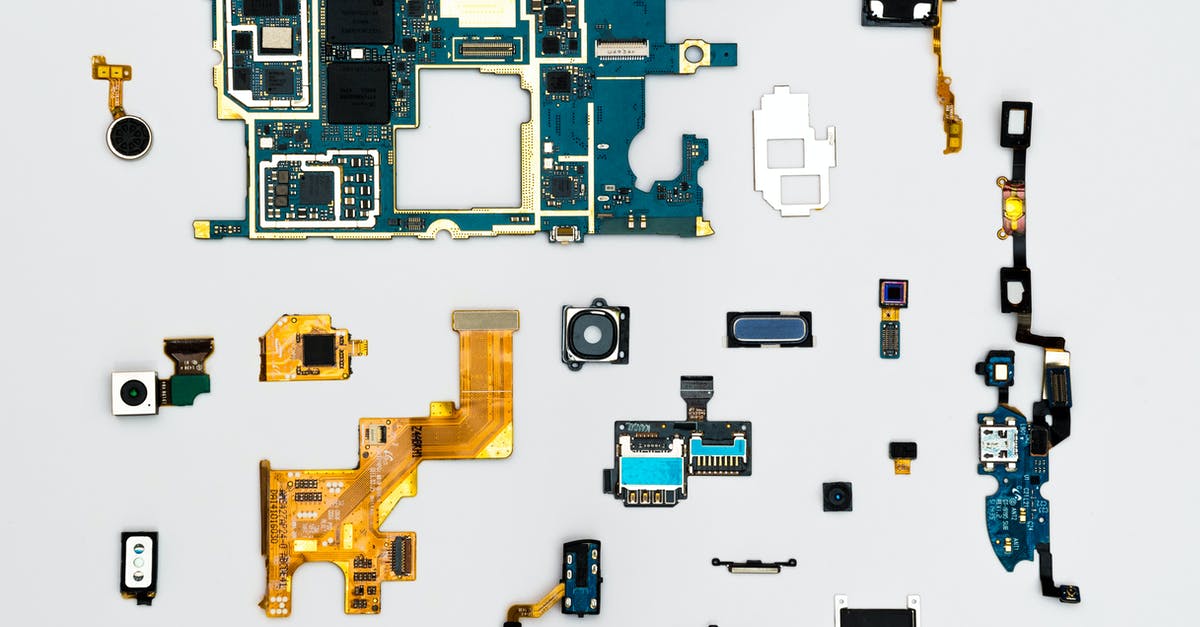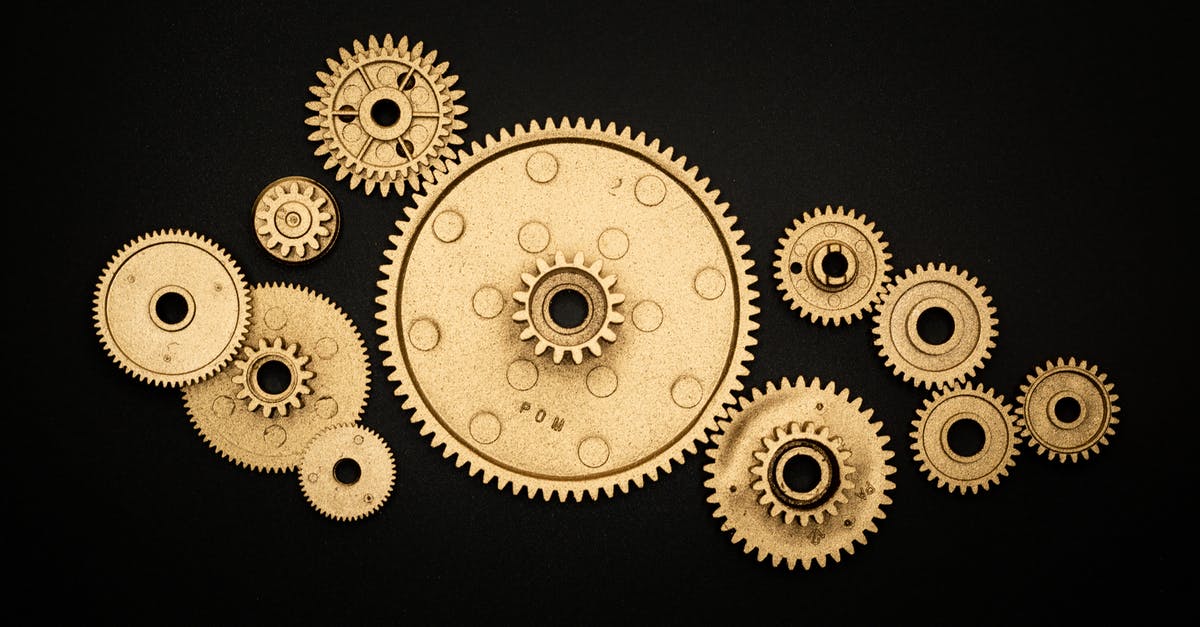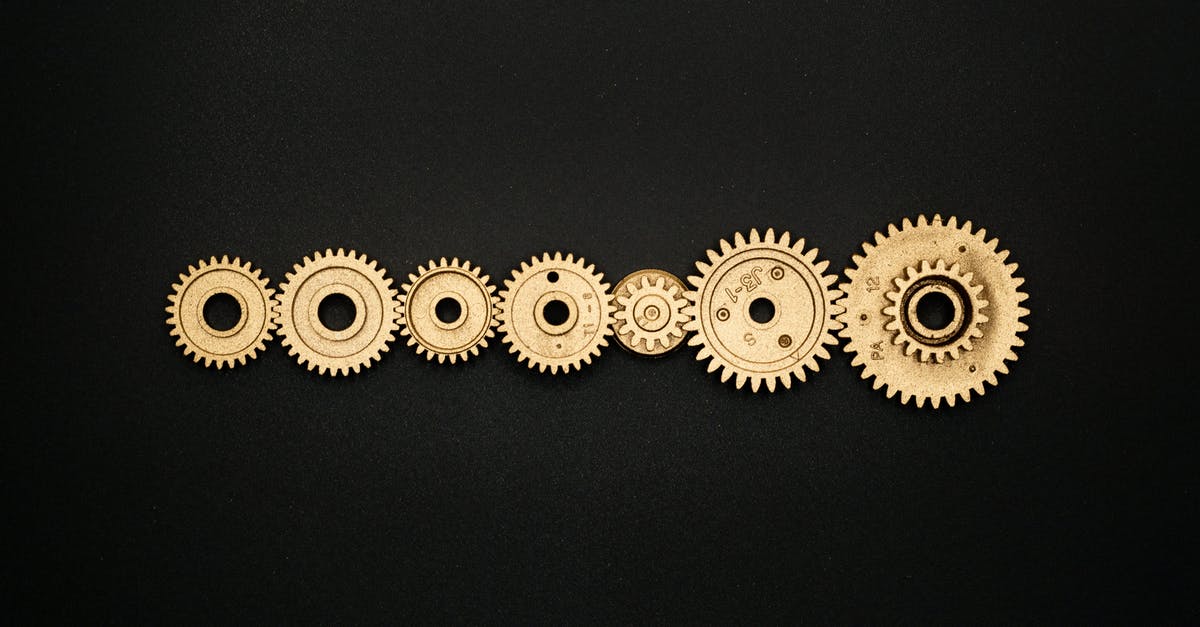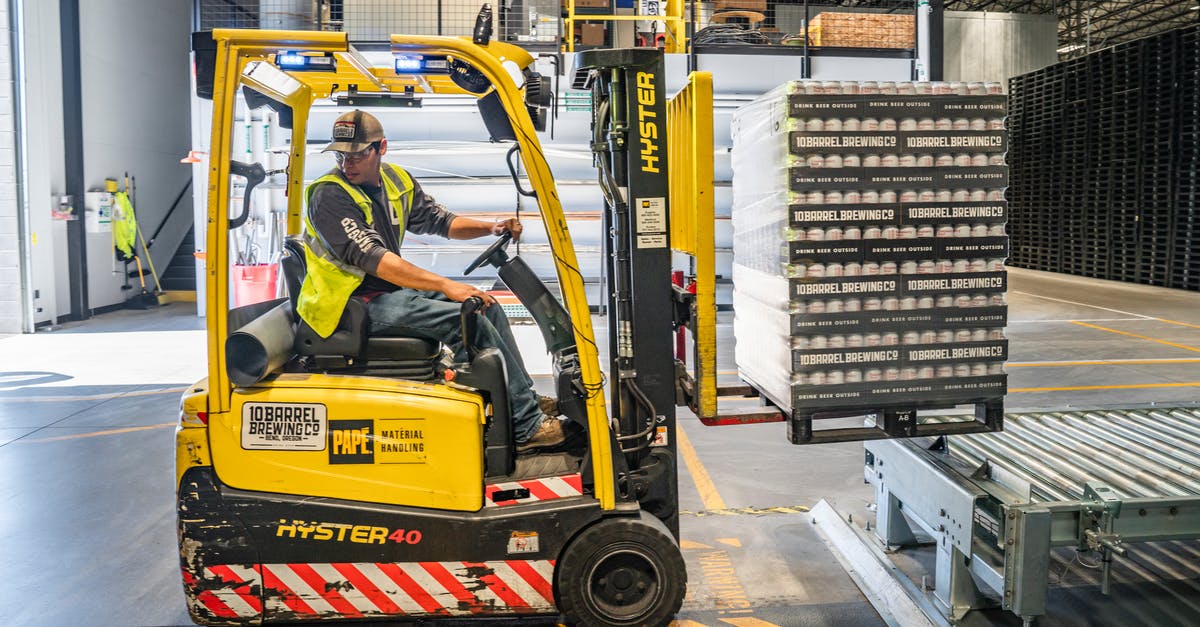How did the machine work before this realisation?

Perhaps this would fit the History SE or another, but I'm asking here because I don't know how historically accurate the film is.
In the film The Imitation Game, Alan Turing's team has created a machine (a primitive computer) to automatically crack the Nazis' Enigma codes. Initially it takes too long for the results to be useful, but eventually Turing realises that
if they make it only accept codes that produce "Heil Hitler" as part of the message, they can disregard ones that are definitely wrong.
However, I can't imagine how the machine determined a correct "answer" before this change. As a primitive computer,
there's no way the machine would be able to understand natural language, and therefore "We will attack at 8am" would be just as meaningful to it as "Xkgr wpmnwqw enjmbjg hglaaa".
Before Turing's realisation, how was the machine supposed to know when it had found the answer and stop testing different combinations?
Best Answer
Basically, it wouldn't.
The original Turing Machine (Or Christopher as it was named) was never programmed to identify words: it was programmed to identify consistencies.
The enigma code wasn't deciphered through letters, it was deciphered through a tape displacement procedure known as its 'primitive operation' that's chosen signifiers are still honored today in the form of binary.
The code was 'imprinted' by enigma machines in the form of coded tapes or film, on which would read numbers, like thus:
10 001 00111 110 111000 00111 100 11
Now those numbers each represented a command to shift a letter a certain number of characters in a certain direction, either left or right and sometimes back and forth within the same command string. Each night at midnight, the meaning of these commands would change, meaning it was seemingly impossible to decipher.
Until Turing, linguists and cryptologists were employed to crack the codes: but Turing realized it was impossible for them to consider every code in under 24 hours: there is a line in the Movie that reflects this:
"If we had ten men, decoding one code a minute, 24 hours a day 7 days a week, can you imagine how many hours it would take to run every possibility? Well it isn't hours, it's years. 20 Million years..."
Turing's goal wasn't necessarily to make a machine that would crack the code, but a machine that would drastically reduce the workload for the cryptologists to work through.
Turing's machine was created to process thousands of different codes a second, and simply regurgitate the results. The idea was, it is easier for a cryptologist (or even a typing pool clerk) to look through the attempted decodes and spot something written in identifiable German than if it was pure gibberish: it removed the requirement for those reading the work to be trained cryptologists, which was in itself a great boon.
As the film identifies, however, this wasn't enough. Processing power, whilst advantageous, is not as good as a machine that can identify codes itself (which is the very dilemma you state in your question).
When Turing realized there was at least one message per day that held consistencies (in the film adaptation the 3 words Weather, Heil and Hitler), he understood that he could feed this consistency back into the machine and reprogram it to look for those consistencies. In being able to break those words, he was able to break the code itself.
The machine breaking the code and 'stopping' itself is almost certainly a visual metaphor for the film: the noisy gears suddenly, jarringly stopping is akin to a Eureka moment. In reality, What this machine would have done is, using these integers, produced a manageable candidacy of possibilities, which would then be scrutinised by a human until the correct combination is spotted. After this, the programmers would reset the machine to the combination it used during that specific decoding, and voila.
Pictures about "How did the machine work before this realisation?"



How did the Enigma Machine work?
More answers regarding how did the machine work before this realisation?
Answer 2
As per my theory which is based on this answer, this link and this video
For the sake of entertainment, the makers of the movie clubbed together two different epiphanies to make the story more thrilling. There is a possibility that John's answer is correct and this is what (consistencies) the machine really tried to find out before the moment of realization(s). In reality, this might have happened.
When Miss Clarke pointed out that No letter can be encoded as itself (Epiphany I), with this information Turing successfully decrypted the enigma. As the above mentioned video states after this realization the complexity (possible number of combinations the machine had to check) of the procedure became less than 264 but the machine was still taking too much time. Now the task was to make it more efficient.
When Turing met Helen in the bar and got to know that there is a German interceptor whose messages begin with the same five letters C-I-L-L-Y he deduced that instead of using random letters for the encryption of the day key, some people uses the letters which they like and these letters are predictable like QWE,ABC.ASD etc (Epiphany II). And hence the enigma was successfully broken.
Sources: Stack Exchange - This article follows the attribution requirements of Stack Exchange and is licensed under CC BY-SA 3.0.
Images: Dan Cristian Pădureț, Miguel Á. Padriñán, Miguel Á. Padriñán, ELEVATE
